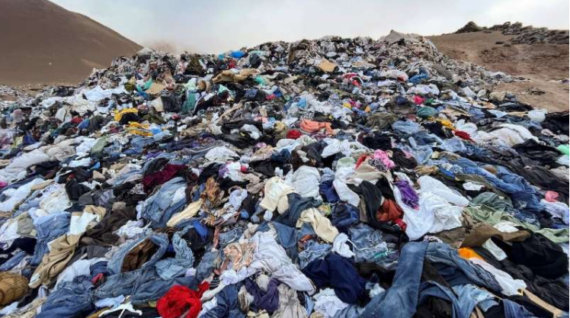Is Second hand clothing and vintage clothing sustainable?
Reusing clothes for fashion is a great way to promote sustainability and reduce waste. There are several reasons why reusing clothes for fashion is good:
Environmental Impact: The production of new clothing items requires significant resources such as water, energy, and raw materials, which contribute to greenhouse gas emissions, pollution, and environmental degradation. By reusing clothes, we reduce the demand for new clothing production, thereby reducing the environmental impact of the fashion industry.
Reducing Waste: The fashion industry is one of the largest contributors to waste, with billions of pounds of textiles ending up in landfills each year. By reusing clothes, we can extend their lifespan and reduce the amount of textile waste generated.
Unique Styles: Reusing clothes for fashion allows for individual expression and creativity, with the potential to create unique and one-of-a-kind styles that cannot be found in mainstream fashion.
Cost Savings: Reusing clothes can also be an affordable option for those on a budget, with second-hand and vintage clothing often available at a lower cost than new items.
Social Impact: Reusing clothes can also have social benefits, such as supporting local thrift stores and charitable organizations that rely on clothing donations to support their programs.
In summary, reusing clothes for fashion is a sustainable practice that can reduce waste, promote unique styles, and have social and environmental benefits.
Clothes going to waste each year
70%





2 comments on “Is secondhand clothing and vintage clothing sustainable?”
Stephanie
I have always bought second hand clothes back in the day from charity shops, i believe this is the way reclaiming and reusing those unique fashion pieces.
Alex
Yes, millions of clothes go to landfill every year and it is a huge waste and can take centuries to decompose.